-
Welcome to 4Runners.com!
You are currently viewing as a guest! To get full-access, you need to register for a FREE account.
As a registered member, you’ll be able to:- Participate in all 4Runner discussion topics
- Transfer over your build thread from a different forum to this one
- Communicate privately with other 4Runner owners from around the world
- Post your own photos in our Members Gallery
- Access all special features of the site
Falken Wildpeak LT or Standard Load
Discussion in '5th Gen 4Runners (2010-2024)' started by ffingoof, Jul 15, 2020.

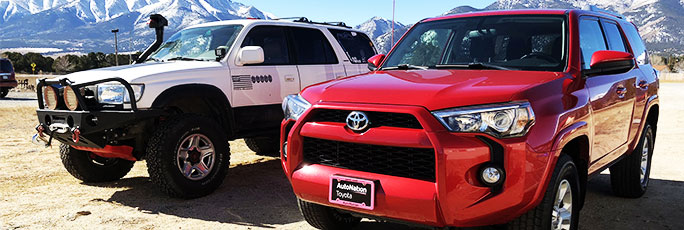
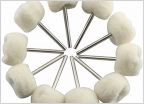 Dashboard “glass” hazy
Dashboard “glass” hazy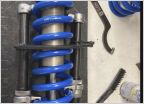 Kings setup
Kings setup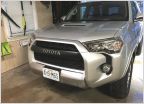 Color matched Grill Letters
Color matched Grill Letters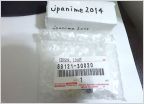 Auto headlights
Auto headlights Air filters
Air filters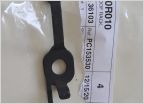 How to install TRD Pro Roof rack
How to install TRD Pro Roof rack












































































